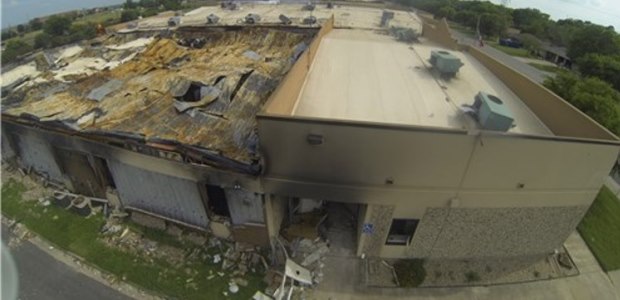
CSB Calls for Changes in Emergency Response Guidebook
The safety board said it should offer better guidance for handling ammonium nitrate fires like the one that turned deadly in West, Texas.
The U.S. Chemical Safety Board has filed comments urging the U.S. Department of Transportation to make changes in its Emergency Response Guidebook, known as the ERG and frequently used by firefighters. CSB said DOT should clarify how emergency responders deal with chemical accidents at fixed facilities, as well as transportation-related incidents.
Incidents at fixed facilities involve larger amounts of hazardous materials, and directions for handling transportation emergencies may not be applicable to those at fixed facilities, the comments point out.
DOT asked for comments on a proposed new edition on Aug. 29, 2014, an edition that is scheduled for public release in 2016. The current guidebook was released in 2012. The ERG is jointly produced with Canada and Mexico and used in both countries.
CSB's comments ask that the front cover page of the new edition include these words: ONLY INTENDED FOR USE WHEN RESPONDING TO TRANSPORTATION INCIDENTS. And they say some terms are vague or poorly defined—including the terms "maximum distance," "flooding quantities," "stay away," "massive fire," and "withdraw from area."
The comments cite the ammonium nitrate fire and massive explosion in West, Texas, in 2013, which killed 15 people and injured more than 250 others. The new edition should be changed to address how responders should handle such a fire, CSB Chairman Rafael Moure-Eraso, Ph.D., CIH, and board member Mark Griffon wrote in their comments, adding that the guidance "Flood fire with water from a distance" could be dangerous because flooding such a fire with water "from an undefined distance could result in serious injuries or fatalities if the ammonium nitrate detonated."
DOT also should consult other guidance documents because the ERG doesn't list some hazmats, including carbon dioxide, solid dry ice, because DOT doesn’t regulate them. But it is regulated as a hazmat when shipped by air, the comments state.
"We have respectfully submitted our comments to the DOT, based on years of our incident investigations, which show that responders are often not aware that this important manual is intended only for responding to chemical releases or fire incidents in transportation accidents, such as railroad tankers or truck-hauled containers, and not fixed facilities. Directions on how to respond to incidents at fixed chemical or manufacturing facilities may be much different," Moure-Eraso said.
To read the CSB's recommendations, visit this page.